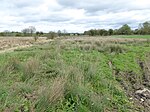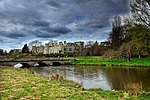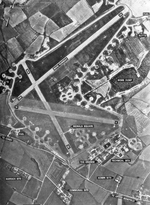Bulwick
Civil parishes in NorthamptonshireNorth NorthamptonshireNorthamptonshire geography stubsUse British English from March 2014Villages in Northamptonshire

Bulwick is a village and civil parish in North Northamptonshire, England. According to the 2001 census it had a population of 152 people, including Blatherwycke and increasing to 171 at the 2011 census. It is about six miles north-east of Corby, and is just off the A43 road. The Willow Brook runs through the village. The villages name means 'bull specialised farm'.The village Church of England parish church is dedicated to St Nicholas. Bulwick Meadows is a Site of Special Scientific Interest. The village is twinned with Adams, North Dakota.
Excerpt from the Wikipedia article Bulwick (License: CC BY-SA 3.0, Authors, Images).Bulwick
Red Lodge Road,
Geographical coordinates (GPS) Address Nearby Places Show on map
Geographical coordinates (GPS)
| Latitude | Longitude |
|---|---|
| N 52.54 ° | E -0.5934 ° |
Address
Red Lodge Road
Red Lodge Road
NN17 3DX , Bulwick
England, United Kingdom
Open on Google Maps










